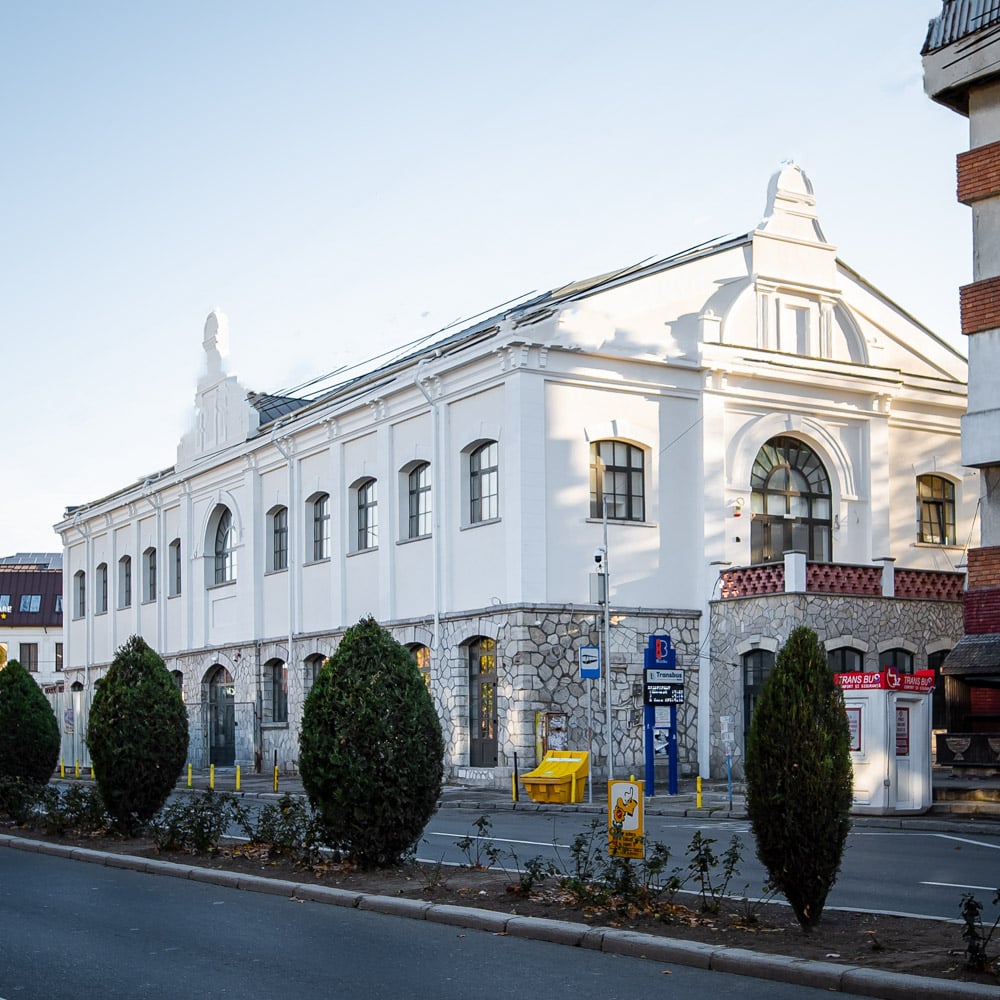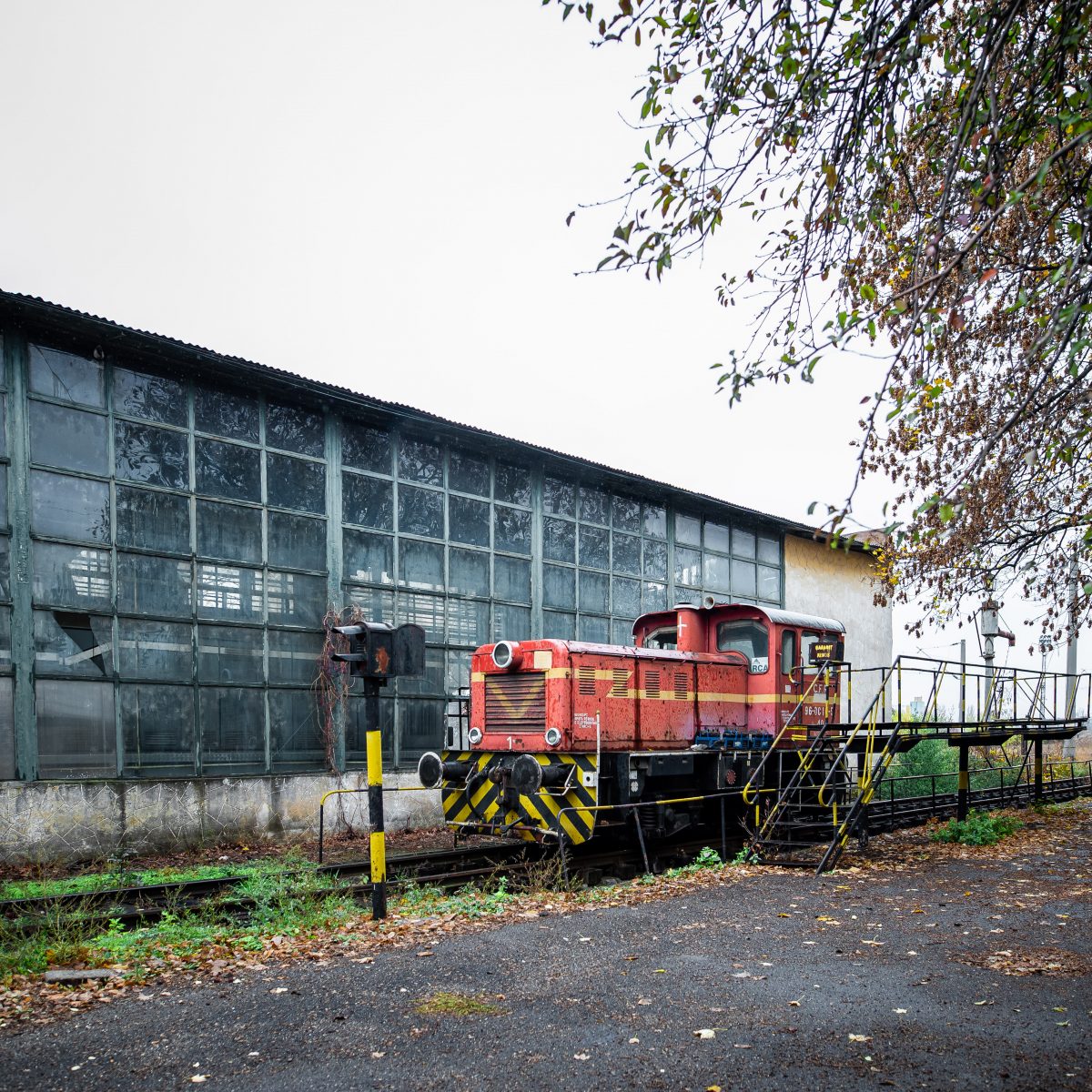
„Drăgaica” train station of Romanian Railways
November 7, 2022
The Bazaar – Consumption Market Hall
November 7, 2022English
BUZĂU DEPOT OF ROMANIAN RAILWAYS
On 14th October 1870, Prince Carol I (king since 1881) and his suite arrived by train in Buzău, inaugurating Bucharest – Buzău – Galați Romanian Railways line. In the same year, the Buzău Rolling Stock Repair Workshop was established (since 1881, the Romanian Railways Depot). This was followed by the construction of Buzău – Făurei – Mărășești railway, then Buzău – Nehoiașu railway and several segments of the narrow gage railway in the mountain area of the county. With the completion, in 1873, of the city’s train station, Buzău became an important railway junction. Over time, education, industry and a hospital for the many railway personnel who worked here were added to these railway objectives in Buzău. All this led to a sustained development of the city and county of Buzău, at the end of the 19th century. The Romanian Railways Depot, originally built 350 meters away from the train station, on the right side of the line in the direction of Focșani. The first 13 locomotives that entered this depot were bought from the Russian government after it had used them on Romanian territory during the War of Independence (1877 – 1878) and they were named, in the spirit of the era, Unirea [Union], Independența [Independence], Șoimul [Falcon], Săgeata [Arrow] and etc. As a result of the increase in the volume of goods and passengers and the growth of rail traffic, the Romanian Railways Depot was relocated, in 1891, at a distance of 1150 meters, in the angle between the two exits to Mărăşeşti and Brăila. On the new site, the circular shed, made of red brick from Ciurea, was built, with 13 storage lines with canals, an administrative building, coal market, lubricant storage, water well, water tower, blacksmith workshop, laundry and dining room with changing room. In 1914, a new water tower was built, made of red brick from Ciurea, which became the symbol of the current ensemble of the Romanian Railways Depot of Buzău. When Romania entered the War of National Integration (1916 – 1919), the staff and locomotives of Romanian Railways Depot of Buzău were placed under military command, carrying out towing trains to and from the front. With the withdrawal of the Romanian army in Moldova, the locomotives and the staff were deployed at Bârlad Depot, where the Great Headquarters of the Romanian Army had also been installed. After the occupation, in mid-December 1916, of the city of Buzău by the troops of the 9th German Army, the Depot carried out its activity, for almost two years, under its administration, with locomotives and German staff, to support the front established on Putna, the railway stations being served by Austrian employees. After the return of Romanian administration in November 1918, the locomotive park deployed in Moldova was returned to Buzău. A batch of mechanics from Romanian Railways Depot of Buzău accompanied the troops of the Romanian army in its campaign in Hungary of 1919. In the interwar period, the development of Romanian railways experienced a significant boost, the Romanian Railways Depot of Buzău continuing to be an important element of them. All brands of locomotives, imported or built in Romania, that served the railway were parked and subjected to repair and maintenance work here. Among them, the famous „Pacific2201” steam locomotive, manufactured by J.A. Maffei from Munich in 1913, who served in the Romanian railways for 66 years, of which the last seven at Romanian Railways Depot of Buzău, covering a total of 2,282,559 km. In 1979 it was scrapped. After the Second World War, at Romanian Railways Depot of Buzău, the electric elevators for supplying coal to the locomotives, the laboratory for physical and chemical determinations and a new social group were built. In 1973 and 1974 the new diesel hydraulic and diesel electric locomotives were brought to the depot.




